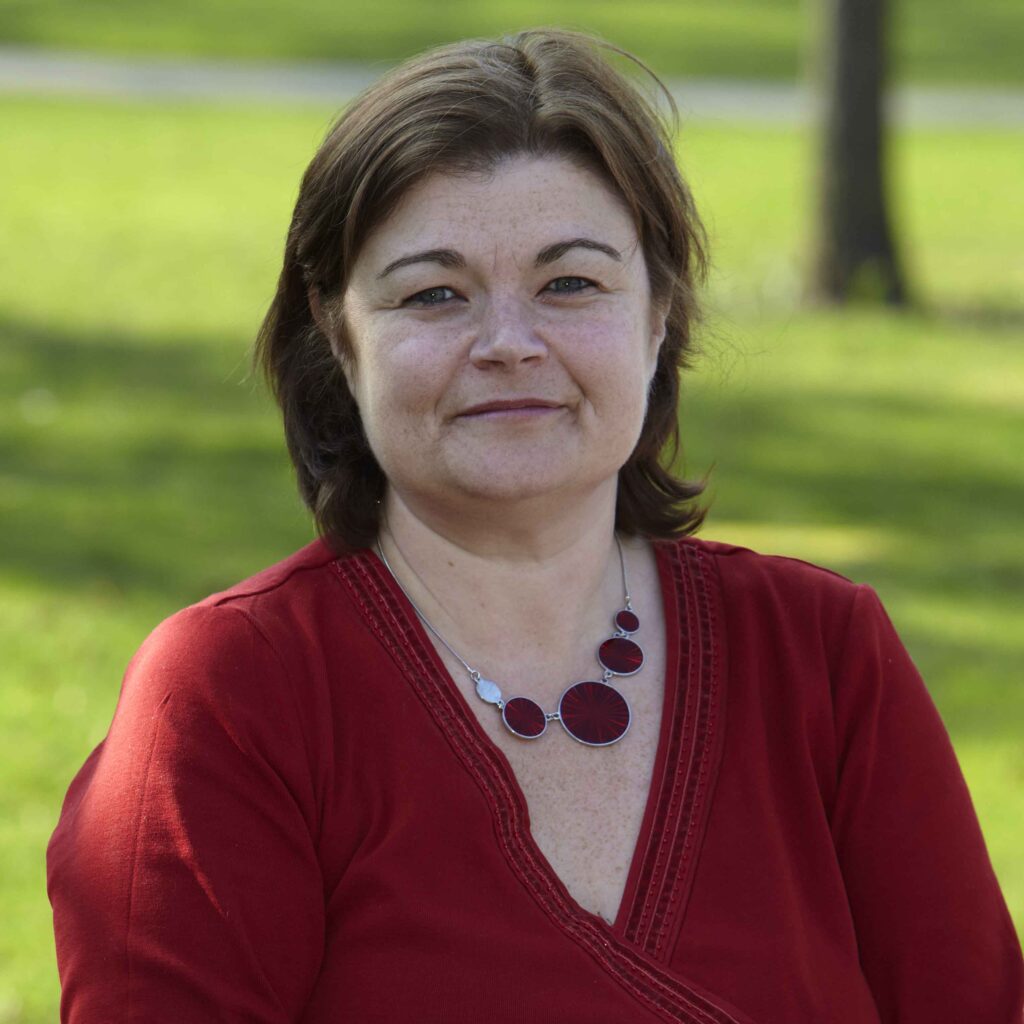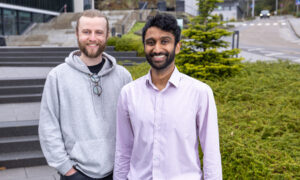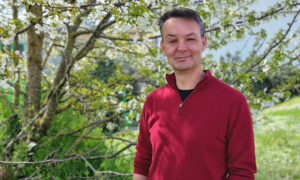
Claire O’Donovan: what I’ve learned
During her 30 years at the institute, Claire O’Donovan has seen major shifts in how biological data are produced, shared, and analysed to enable discovery
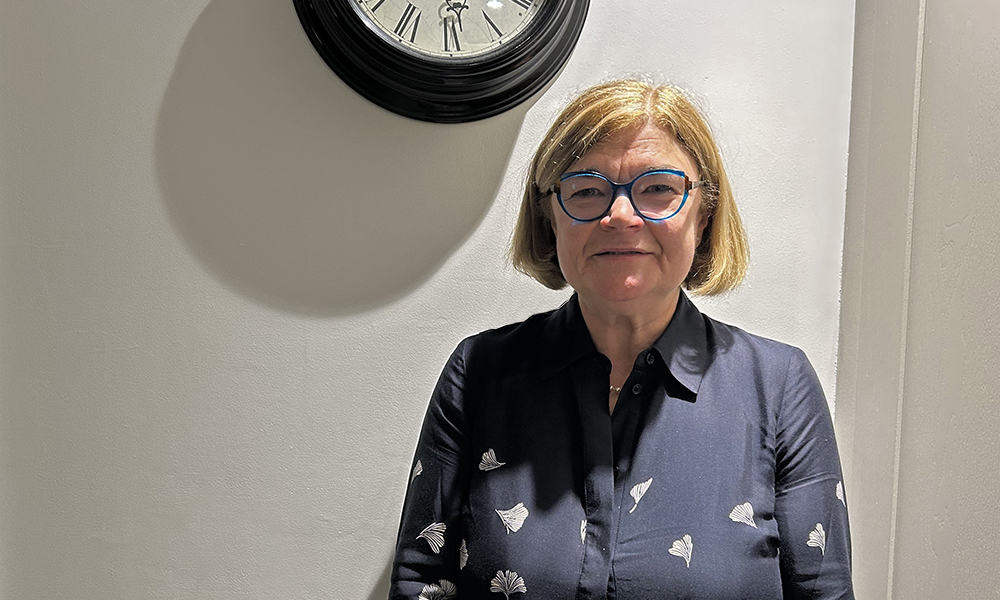
Claire O’Donovan was one of the first members of staff at EMBL’s European Bioinformatics Institute (EMBL-EBI). She has seen the institute grow and change since day one, as she went from being a biocurator to leading the Metabolomics team. We caught up with her on her last working day, as she was preparing to move back to Ireland.
O’Donovan was introduced to science at a young age. Her father’s family includes engineers and scientists in various fields, while her mother’s family are more business-oriented and would often highlight the importance of maths in everyday life to young Claire.
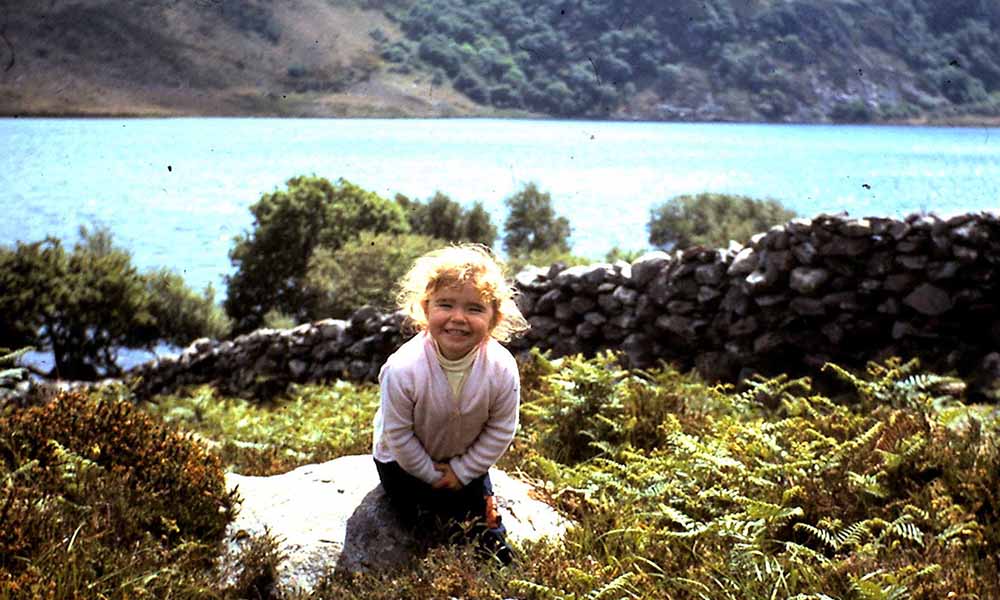
Following in their footsteps, O’Donovan studied biochemistry at University College Cork, where one of her professors was particularly interested in how computing could be applied to biology. She went on to obtain her diploma in computer science, and her thesis was a database design for Swiss-Prot, which is now the manually-curated part of UniProt, the world-leading database for protein sequences. The same professor encouraged her to apply for a job at EMBL Heidelberg, where she started working on the Swiss-Prot database in 1993. One year later, EMBL offered her a contract in England, to help set up a new EMBL site, nestled in the Cambridgeshire countryside: the European Bioinformatics Institute (EMBL-EBI).
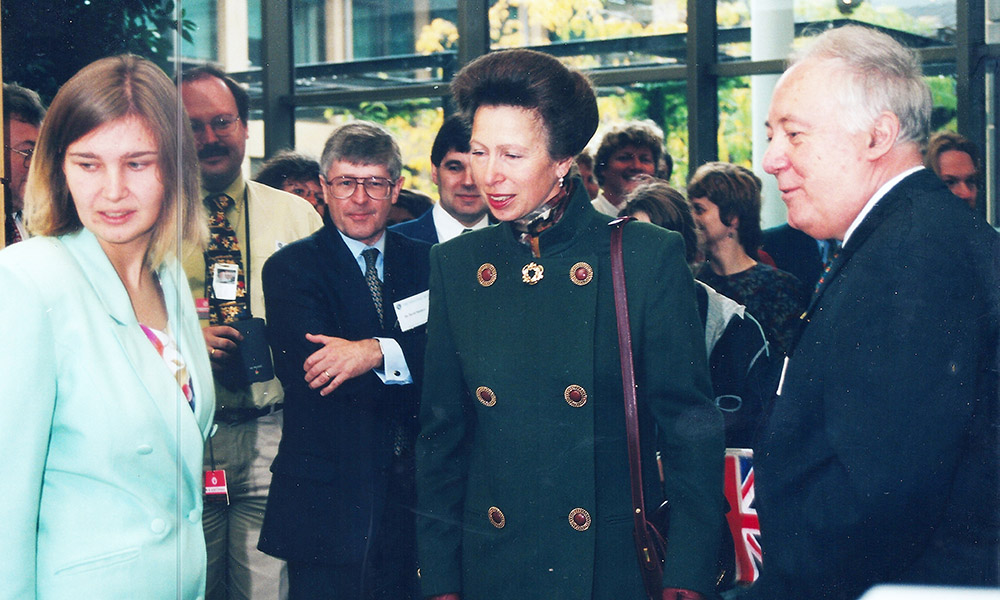
O’Donovan worked on developing EMBL-EBI’s first protein data resources, specifically the automatically annotated part of UniProt, which at the time was called TrEMBL. The automatic annotations were made possible by using the wealth of knowledge established by the expert curation team.
UniProt is the world’s leading database for high-quality, comprehensive and freely available protein sequences and functional information. It’s jointly run by EMBL-EBI, the Swiss Institute for Bioinformatics (SIB), and the Protein Information Resource in the USA. During subsequent years, Claire’s responsibilities evolved until in 2009, she became the Team Leader for UniProt Content. Together with Rolf Apweiler and her colleague and best friend Maria Martin, she led the fast-growing UniProt team.
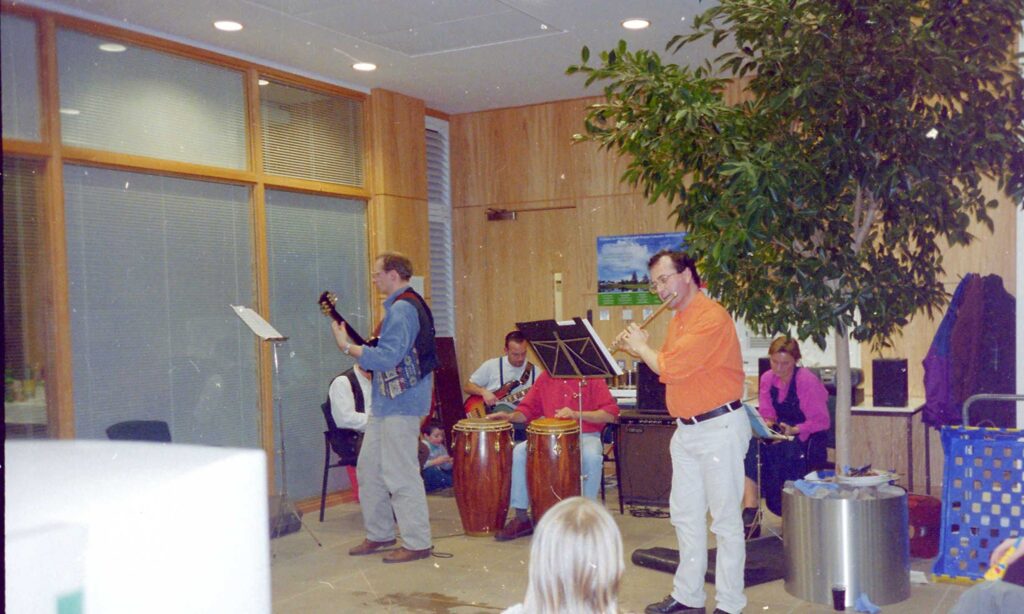
In 2017, O’Donovan was ready for a new challenge and became the first Head of Metabolomics at EMBL-EBI. Metabolomics involves studying small molecules in cells, tissues, and organisms, to understand biological processes and diseases.
EMBL-EBI’s MetaboLights database was initially developed by a research group and it was quite hard to use for the average wet lab scientist. But O’Donovan’s team had a mission: make MetaboLights user-friendly and scalable as more and more data became available.
“Metabolomics is basically analytical chemistry meets medicine – two communities that historically have been relatively closed. In the beginning, there was a lot of hostility towards open data sharing. But now, the MetaboLights database is very well-regarded and is seen as a global model for other countries,” explained O’Donovan.
Together with Open Targets and other EMBL-EBI colleagues, O’Donovan also started the work of connecting metabolomics data to other omics – almost like puzzle pieces, but messier – to help researchers understand the wider biological context of a gene or a protein.
Another missing piece in the metabolomics world is a repository for sensitive, controlled-access data, and this is something that O’Donovan’s team and her successor Juan Antonio Vizcaino are aiming to develop for metabolomics and proteomics. Importantly, there are many opportunities to connect the data and complement it.
Below are some of O’Donovan’s reflections on her life and career as she looks towards retirement from EMBL.
The early years
One of the first books I remember was Busytown by Richard Scarry. It’s a book that showed all the different careers, and it was presented to me almost as a menu. I was always told I could do whatever I wanted, if I worked hard at it.
I had options along the way but I always loved science. I lived near the sea and I remember my father teaching me about all the things on the beach. I was foraging before it was trendy! I spent my summers on a farm, learning a lot about animals. And this too was teaching me about science.

I was also a LEGO queen, but back then, you didn’t get bespoke kits like today. Just random pieces and you would build things that you saw or read in a book, or you used your imagination.
Chemistry and calculus were my relaxing hobbies, especially in school, when I was trying to learn my French verbs. So you know, everyone is different!
At university, we designed the experiments ourselves and often suffered the consequences! We had so much fun and so much independence. I remember, I did a project on purifying a certain protein from blood and I had to cycle to the blood bank, get the blood, and cycle back with it in my backpack. I remember I had to run it through a tube in the cold room and I can tell you, I don’t think my circulation ever recovered. But I did purify that protein in the end – much to the amazement of my professor who had set that project for students for many years without success.
As students, we were told over and over again that if you have a scientific, analytical mind then you can learn anything. So you don’t have to limit yourself.
The beginnings of EMBL-EBI
Before moving to EMBL-EBI, I had limited knowledge of what England was like. I ended up living in a small town near the Wellcome Genome Campus. There wasn’t much to do, so we made our own fun, got to know each other, and socialised a lot. Even though we were of different age groups and backgrounds, we all got along very well and had a blast!
There are two things I loved about EMBL-EBI in its early days. The first was the freedom to develop. I had things I had to do but as long as I got them done well, I could also look into new ideas. The second was that we always found time to speak with colleagues. This played into one of my driving characteristics, which in Ireland we call being nosy, but in other countries, it’s known as curiosity.
EMBL is an ecosystem. You can be good at a very niche area but you need everybody else to make the ecosystem work. I whole-heartedly respected and admired my colleagues in the administration teams. I could never do their jobs and I wouldn’t have gotten very far without them.
Things weren’t perfect, but we managed to make it work. I still remember that one of the unusual “design features” of one of our buildings was that if the wind hit it just right, the rain came through into the office. I’ll never forget the time I had to hold up an umbrella to keep my colleague’s computer dry while she got the latest UniProt release out. We laughed so much!
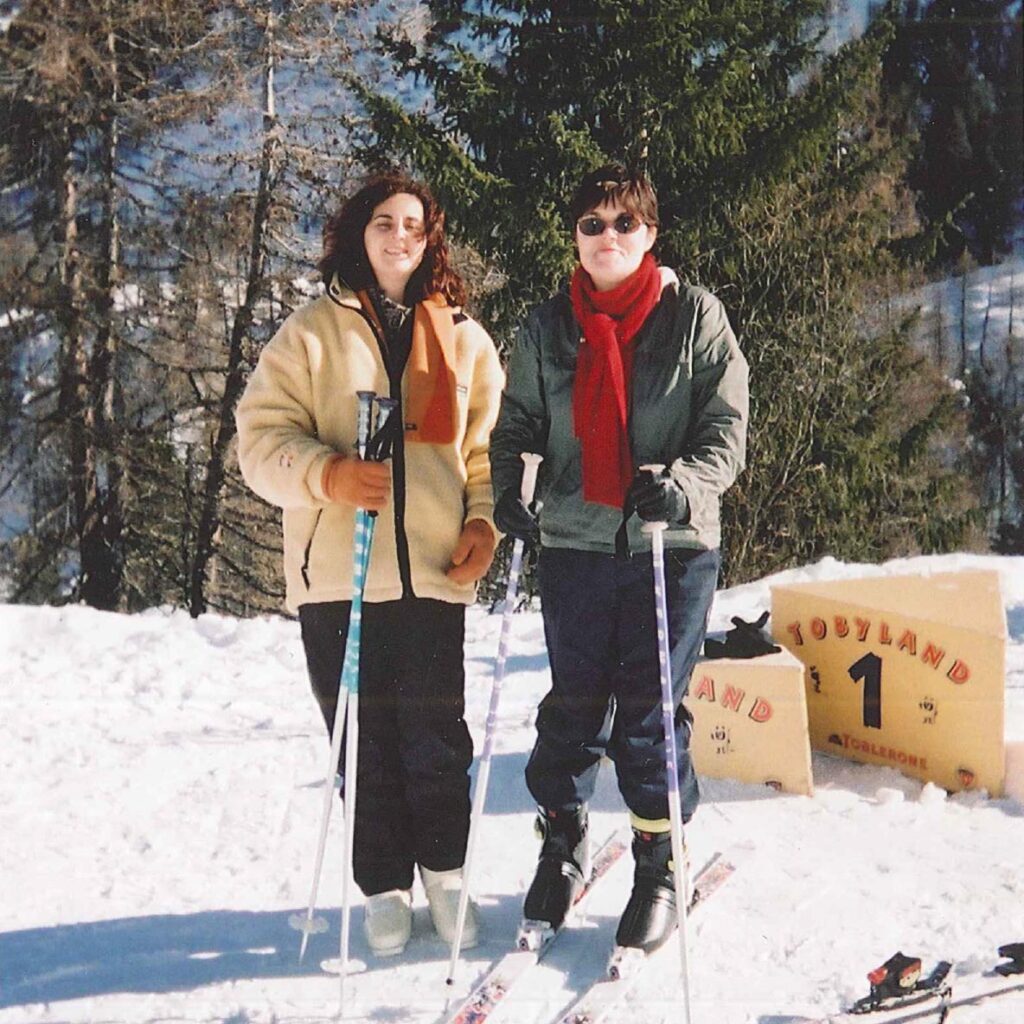
Metabolomics rising
Everyone gets excited about genomics and I totally get it. But just because there is a variant in a gene, in most cases, we have no idea if it’s turned on or off. Reading someone’s genome doesn’t tell us how they are living every day with their genetic variants. It’s only at the blood and urine level that you can tell the real-life consequences of genetic variations. And that’s metabolomics.
Metabolomics started in agriculture. It can help predict when fruits and vegetables ripen, grow crops that are resilient to drought while maintaining their flavour, and even demonstrate the provenance of food and beverages.
One of my favourite metabolomics studies focused on Cabernet Sauvignon wine. It looked at two neighbouring Italian valleys – one which produces expensive wine, while the other doesn’t. Using metabolomics, scientists were able to trace the origin of the wine very precisely. This kind of analysis is important for other products, like olive oil, rice etc.
There are also many medical applications of metabolomics. For example, in oncology, metabolomics helps researchers gain new insights into how cancer progresses and even the impact of diet on cancer. There is amazing work being done in the clinic and, although it’s still early days, it’s the start of personalised medicine. To do this, researchers need genetics and metabolomics, as well as other omics.
We know that patients react differently to the same medication. This can happen because people have different variations of the enzymes that process medication, and certain enzyme variations simply do not work. But by doing metabolomics analysis, scientists can see whether the compound has been absorbed or has gone straight through into your urine. If this is the case, then the doctors know they need to try something else.
On biocuration and life in general
I loved the science at EMBL-EBI and I also loved working with people from all over the world and learning about them. And I’ve made lifelong friends. I have nine godchildren and seven of them are EMBL-EBI babies – although they’re not really babies anymore.
For a while, I did a bit of teaching for EMBL’s PhD students. To begin with, some would say they didn’t care about databases, they only read papers. My view is that you can spend the rest of your life reading every paper or you can look at a UniProt entry – the amount of work that has already gone into it will save you so much time! And it’s free to access! I usually managed to convince them by the end.
I’ll always be a biocurator at heart, and although I’m very excited about AI advancements, I think this field will always rely on the human factor. Biocurators read thousands of papers and they can pull out the facts (not just opinions!) from millions of sentences but AI is not there (yet).
EMBL-EBI is the only place that can connect different data types because we’re the only ones with the full suite of databases. Also the mindset of data integration is ingrained in how we work. You cannot underestimate the power of bringing a bunch of people who care about their science in a room and saying ‘How can we connect to each other?’. To me, this is the absolute strength of EMBL-EBI and the power of informatics meeting biology.
Some of the best advice I ever received was “What you do doesn’t need to be perfect. It has to be good enough so you can move on and build on it.” And because I’m a perfectionist who would often get fixated on the final 1%, this was incredibly valuable.
Whatever you care about, find yourself an ally in your work with whom you can talk things through. They don’t need to be working directly with you, but they will help to bring you up when you’re down and laugh with you when you’re stressed, and you will do the same for them. And this is one of the best things in life.
